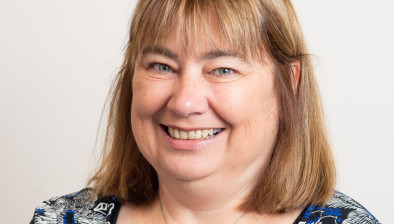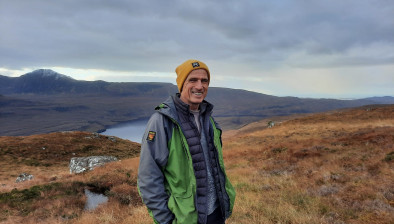Community land ownership ‘relies on mix of financing models’
Community land ownership in Scotland relies on a wide range of financing models, according to a new report published by the Scottish Land Commission.
The report, entitled The Range, Nature And Applicability Of Funding Models To Support Community Land Ownership, identifies 13 different approaches that have been used across Scotland to successfully fund community ownership and development.

Hamish Trench
The mechanisms include well-known approaches such as charitable and philanthropic grants, crowdfunding, commercial lending, and corporate social responsibility.
The report also notes that individual models are not mutually exclusive and that a mix of models are often used by community organisations to achieve their aims.
The most significant funding to buy land and building assets is provided by the public sector, particularly through the Scottish Land Fund, which is now in its third funding round with an annual budget of £10 million per year for the period 2016-21.
However, the report advises that while public funding remains important, with increasing interest from communities, and wider challenges to public finance, the fullest range of potential funding models should be considered.
To help make community land ownership a normal option for communities across Scotland, access to a range of funding models will help meet different circumstances, the Commission has said. Furthermore, information on these should be easily available and community groups should be able to fully explore all options, with expert advice, at the earliest opportunity.
Hamish Trench, chief executive of the Scottish Land Commission, said: “Following our recommendations last year on what is needed to support community land ownership as a normal option across Scotland, we have looked more closely at the range of potential financing models. Community ownership is not an end in itself, but a means to achieving a range of positive outcomes from social and economic development to environmental management and restoration.
“This report shows that communities are already tapping into a wide range of funding options and that more can be done to share the awareness, experience and availability of these. It also suggests there is scope to develop new innovative financing models that meet the needs of both communities and investors, drawing on some emerging international practice.”










